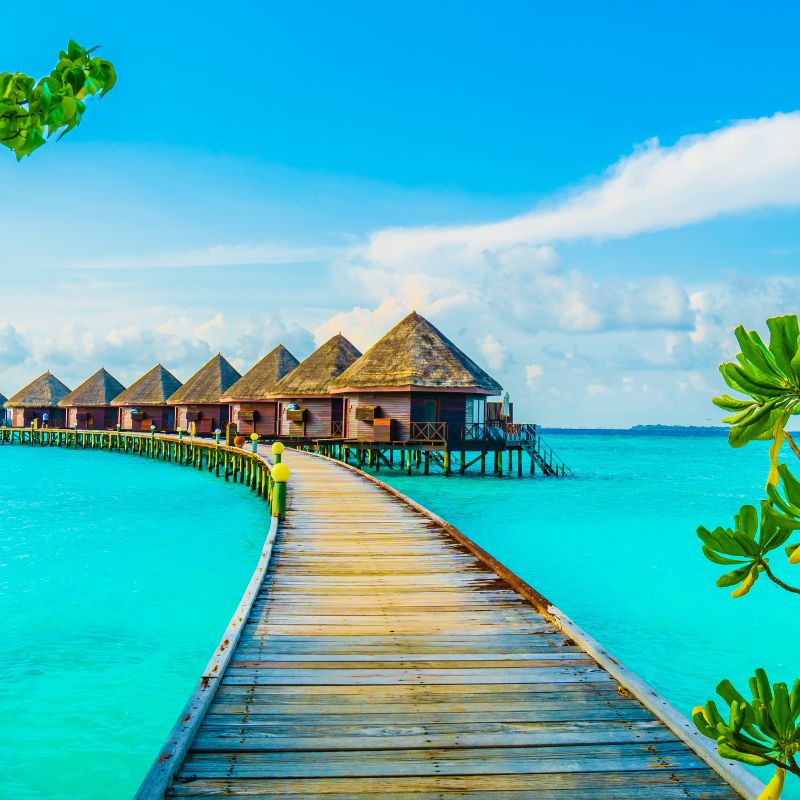
The Maldives
Where are the Maldives?
Where are the Maldives – The Maldives is a tropical paradise located in the Indian Ocean, southwest of India and Sri Lanka. Comprising 26 atolls and consisting of over 1,000 coral islands, the Maldives stands as an island nation. Renowned for its stunning turquoise waters, white sandy beaches, and vibrant marine life, the Maldives attracts honeymooners, beach enthusiasts, and scuba diving aficionados.
The best time to visit the Maldives depends on your preferences and what you’re looking to experience. The Maldives has a tropical climate with two main seasons: the dry season (northeast monsoon) and the wet season (southwest monsoon).
Dry Season (Northeast Monsoon) in the Maldives – Where are the Maldives
The dry season in the Maldives, also known as the northeast monsoon, spans from December to April. This period is characterized by favorable weather conditions, making it the peak tourist season for visiting the Maldives.
Weather and Climate:
- During the dry season, the Maldives experiences warm and pleasant weather. The temperatures range from around 26°C to 31°C (79°F to 88°F), creating an inviting tropical atmosphere.
- Rainfall is minimal during this time, with very few instances of rain. The clear skies and low humidity levels contribute to the comfortable climate.
Sea Conditions:
- The calm seas and gentle ocean currents make this season perfect for water activities like snorkeling, scuba diving, and water sports. The water visibility is at its best, often exceeding 30 meters (100 feet), which offers excellent opportunities to explore the vibrant marine life and coral reefs.
Tourist Activities:
- The dry season is the prime time for beach lovers and water enthusiasts. The clear waters and sunny skies provide an ideal setting for relaxation and various water-based activities.
- Resorts and hotels offer a range of luxury amenities and services, making it a popular destination for honeymooners and couples seeking a romantic getaway.
Crowds and Prices:
- Due to the pleasant weather and optimal conditions for outdoor activities, the dry season sees a high influx of tourists. This could lead to more crowded resorts, popular attractions, and higher prices for accommodations and services.
- It’s advisable to book your accommodations well in advance if you plan to visit during this season.
Festivals and Events:
- The Maldives celebrates its cultural heritage and Islamic festivals throughout the year. During the dry season, you might have the chance to experience local events and festivities that showcase the Maldivian way of life.
The dry season, or northeast monsoon, is the most popular time to visit the Maldives. With its sunny weather, calm seas, and fantastic underwater visibility, this period is perfect for travelers who want to experience the breathtaking beauty of the coral reefs, indulge in water activities, and enjoy the luxurious amenities offered by the Maldivian resorts. Just keep in mind that due to its popularity, you might encounter larger crowds and higher costs compared to the off-peak season.
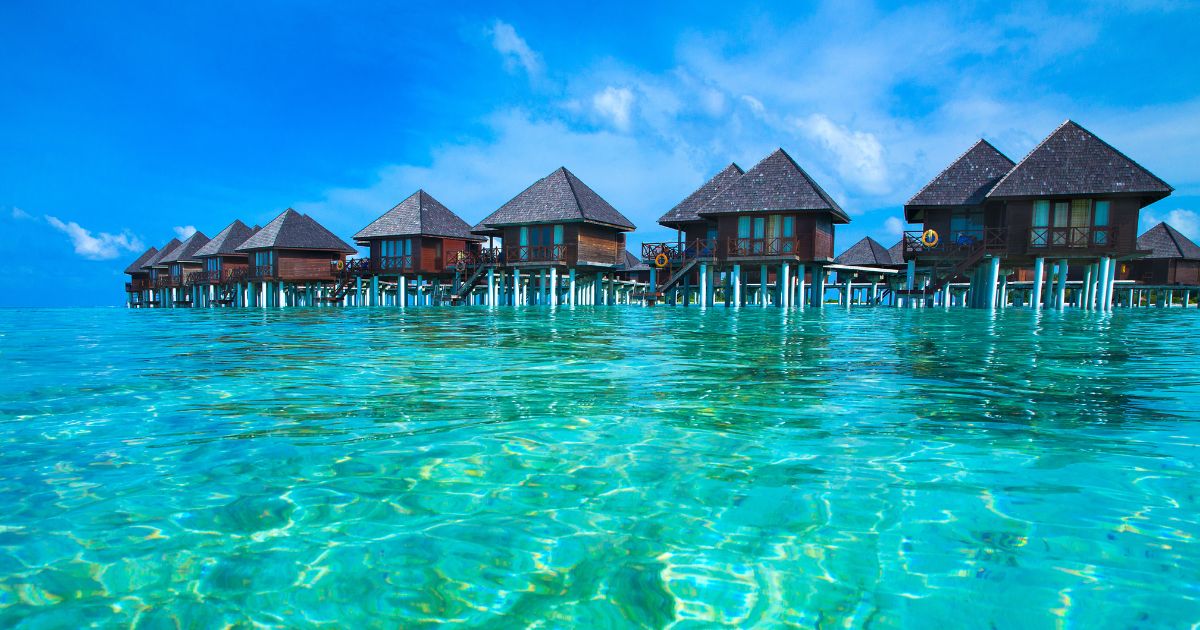
Wet Season (Southwest Monsoon) in the Maldives – Where are the Maldives
The wet season in the Maldives, also known as the southwest monsoon, spans from May to November. While this period experiences more frequent rainfall and some challenges, it can still be an appealing time to visit for certain travelers.
Weather and Climate:
- During the wet season, the Maldives experiences higher humidity levels and more rainfall compared to the dry season. The temperatures remain warm, ranging from around 26°C to 31°C (79°F to 88°F).
- Rainfall is more common, and there’s a higher chance of occasional storms. However, the rain showers are often short-lived, and the weather can still be quite pleasant between rain spells.
Sea Conditions:
- Although increased sediment from rainfall might slightly reduce underwater visibility for snorkeling and diving, the sea conditions typically remain manageable for various water activities.
- If you’re a keen surfer, the wet season can be a great time to catch some waves, as the southwest monsoon brings consistent swells to certain parts of the Maldives.
Tourist Activities:
- The wet season is considered the off-peak tourist season, meaning there will be fewer tourists compared to the dry season. This could translate to more tranquility and privacy during your stay.
- Some resorts might offer special deals and discounts during this period, making it a budget-friendly option for travelers.
Wildlife and Marine Life:
- For those interested in marine life and wildlife, the wet season can offer a rewarding time to visit. Manta rays and whale sharks are more frequently spotted during these months, providing unique opportunities for diving and snorkeling experiences.
Cultural Experiences:
- The wet season allows you to experience the local culture of the Maldives more intimately, as there are fewer tourists around. You might have the chance to interact with the locals and learn about their way of life.
Precautions:
- While the rain showers are usually brief, it’s a good idea to carry a light rain jacket or umbrella. Additionally, be mindful of weather forecasts and any potential storm warnings.
The wet season in the Maldives might present challenges, but it offers rewards and budget-friendly opportunities for travelers interested in marine life, surfing, and a more intimate cultural experience. While underwater visibility could be reduced, the chance to observe unique marine creatures and relish the Maldives with fewer crowds can render the wet season a valuable choice for those ready to embrace occasional rain showers.
Geography and Location – Where are the Maldives
The Maldives is a tropical archipelago located in the Indian Ocean, southwest of India and Sri Lanka. It consists of 26 coral atolls, which are made up of over 1,000 coral islands. The islands are dispersed across a vast area, covering approximately 90,000 square kilometers.
Island Formation
The Maldives is unique in that its islands are coral formations, often referred to as “atolls.” These atolls are circular or oval-shaped formations consisting of a central lagoon surrounded by a coral reef. The islands themselves are small and low-lying, with lush vegetation and white sandy beaches.
Culture and Language
The culture of the Maldives is influenced by its geographical isolation and Islamic heritage. The Maldivian people are predominantly Muslim, and Islam plays a significant role in their daily lives. The official language is Dhivehi, but English is widely spoken, especially in tourist areas.
Tourism and Economy – Where are the Maldives
Tourism is a crucial component of the Maldivian economy. The stunning natural beauty, turquoise waters, and diverse marine life make the Maldives a sought-after destination for travelers seeking luxury, relaxation, and water-based activities. Overwater bungalows and resorts are a hallmark of the Maldivian tourism experience.
Environmental Concerns
The Maldives faces environmental challenges due to its low-lying geography. The islands are particularly vulnerable to rising sea levels caused by climate change. Efforts to combat these issues include sustainable tourism practices, coral reef conservation, and environmental protection initiatives.
Marine Life and Biodiversity – Where are the Maldives
The Maldives is renowned for its vibrant marine ecosystems. The coral reefs are home to an incredible array of marine life, including colorful fish, sharks, rays, and various species of coral. Diving and snorkeling are popular activities, allowing visitors to explore these underwater wonders.
Cuisine
Maldivian cuisine is influenced by the flavors of South Asia and the Middle East. Seafood, particularly fish, is a staple in the diet. Dishes often incorporate coconut, rice, and local spices. “Garudhiya” (fish soup) and “Mas Huni” (tuna and coconut salad) are traditional Maldivian dishes.
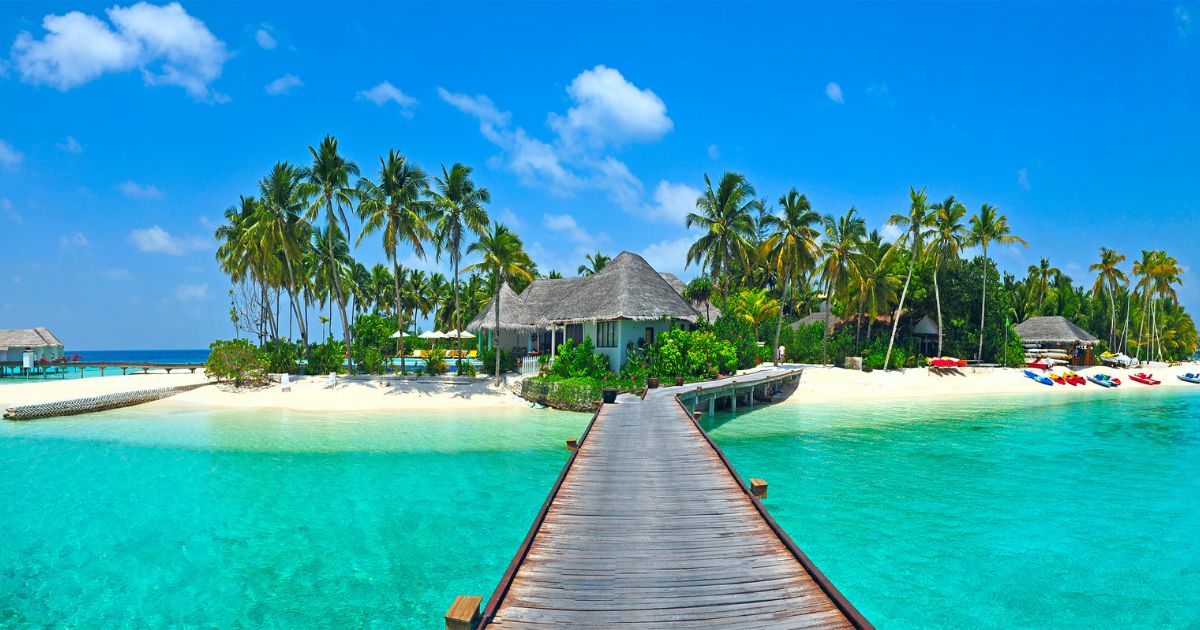
Local Life and Traditions
While tourism is a significant part of the Maldives, local life remains rooted in traditional practices. Fishing and agriculture are important to many Maldivians, especially those living on less tourist-developed islands. Traditional music, dance, and crafts are also integral to the cultural fabric.
Connectivity – Where are the Maldives
Transport within the Maldives primarily relies on boats and seaplanes due to the scattered nature of the islands. The capital city, Malé, is located on its own island and serves as a central hub for transportation, administration, and commerce.
The Maldives is a paradise of natural beauty, offering a unique blend of stunning landscapes, rich marine life, and a distinct cultural experience. Its reputation as a luxury destination attracts travelers from around the world, but beyond the resorts lies a deeper tapestry of local life, cultural heritage, and environmental significance.
Coral Reefs and Biodiversity
The Maldives is home to some of the world’s most stunning coral reefs, which support an incredibly diverse range of marine species. The coral formations provide shelter and breeding grounds for various fish, crustaceans, and other marine organisms. The country’s commitment to marine conservation is evident through the establishment of protected marine areas and efforts to combat coral bleaching.
Underwater Activities – Where are the Maldives
Scuba diving and snorkeling are integral to the Maldivian experience. The underwater world is teeming with life, and divers have the chance to encounter not only colorful fish but also larger creatures like whale sharks, manta rays, and various species of sharks. Many resorts offer dive centers and snorkeling excursions to provide visitors with the opportunity to explore these incredible aquatic environments.
Luxurious Overwater Bungalows
The Maldives has earned renown for its overwater bungalow accommodations. These luxurious villas perch directly over the clear lagoons, providing unobstructed views of the ocean. Staying in an overwater bungalow is a quintessential Maldivian experience, providing privacy, exclusivity, and direct access to the mesmerizing turquoise waters.
Local Islands and Guesthouses
While luxury resorts dominate the image of the Maldives, efforts have been made to promote tourism on local islands. Travelers can stay in guesthouses on these islands, offering a more authentic experience of Maldivian life. This type of tourism allows visitors to interact with locals, explore traditional markets. And gain insights into the daily lives of Maldivians.
Fishing and Water Sports – Where are the Maldives
Fishing has long been a crucial part of the Maldivian way of life. Visitors can engage in traditional fishing activities, such as night fishing, alongside locals. Additionally, the Maldives offers a wide range of water sports, including windsurfing, kayaking, parasailing, and jet skiing, providing active travelers with plenty of options for adventure.
Seaplane Transfers
Due to the scattered nature of the islands, seaplane transfers are a common mode of transportation between resorts and the main airport in Malé. These transfers not only offer convenience but also provide breathtaking aerial views of the atolls and islands.
Cultural Heritage – Where are the Maldives
While tourism has brought modern influences to the Maldives, the country’s cultural heritage remains strong. Visitors can explore historical sites, visit mosques, and participate in local festivals to gain a deeper understanding of Maldivian traditions and values.
Shopping and Souvenirs
Shopping opportunities in the Maldives include local markets, where you can find handicrafts, textiles, and traditional items. Don’t miss the chance to purchase souvenirs made from coconut shells, sea shells, and locally woven fabric known as “mundu.”
Photography and Natural Beauty
The Maldives is a photographer’s dream, with its picture-perfect landscapes, stunning sunsets, and vibrant marine life. Whether you’re an amateur or a professional, the Maldives offers endless opportunities to capture its beauty through your lens.
The Maldives is a destination that captivates with its unparalleled natural beauty, luxurious accommodations, and diverse marine ecosystems. From pristine beaches and clear waters to cultural experiences and underwater adventures. The Maldives provides a unique blend of relaxation, exploration, and enchantment that draws travelers from around the globe.
Read also – Cape Town South Africa – Best places you need to visit.
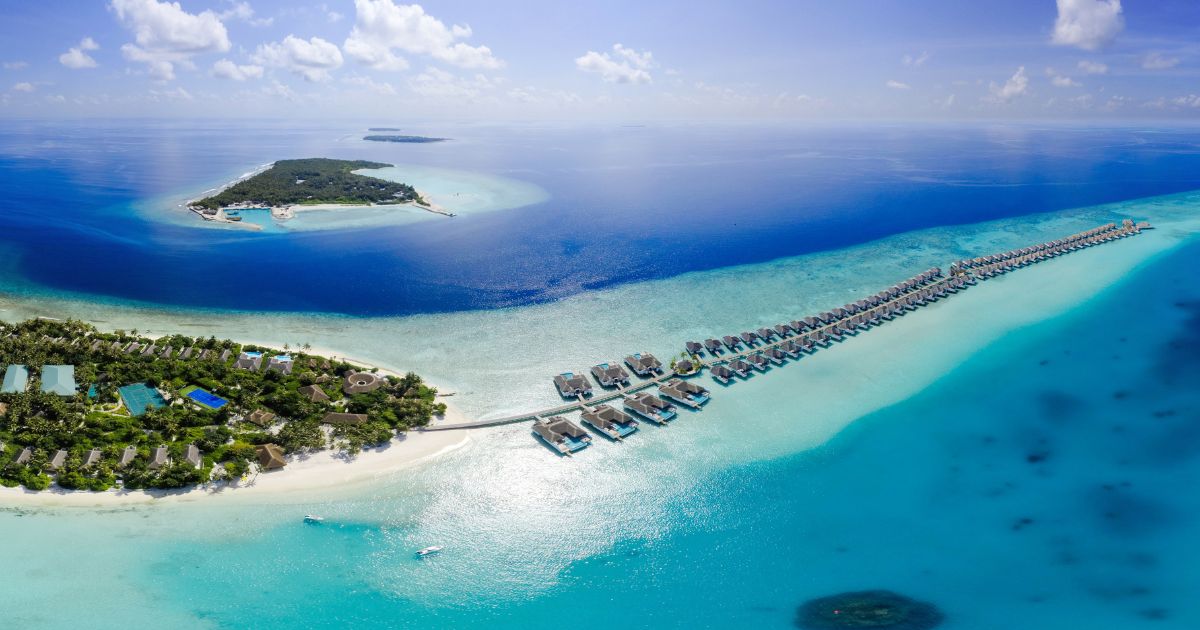
Conclusion – Where are the Maldives
In conclusion, the Maldives is a tropical paradise that boasts a unique blend of natural beauty. Vibrant marine life, and rich cultural heritage. Also this archipelago of coral atolls, with its stunning white sandy beaches. Turquoise waters, and diverse marine ecosystems, has earned its reputation as a luxurious. And sought-after destination for travelers seeking relaxation, adventure, and a deeper connection with the natural world.
The Maldives offers a range of experiences, from luxurious overwater bungalows and world-class diving sites to opportunities for cultural immersion on local islands. So its commitment to marine conservation and sustainability underscores its significance as a global environmental treasure. The Maldives’ unique geography. With its low-lying islands and atolls, also serves as a reminder of the challenges posed by climate change and rising sea levels.
Whether you’re attracted to the thrill of underwater exploration. The allure of pristine beaches, the authenticity of local culture, or the romance of overwater accommodations. The Maldives offers an unforgettable journey into a world of wonder and tranquility. As you bask in the warm embrace of the Indian Ocean. And absorb the vibrant hues of both sea and sky. Also you’ll find that the Maldives is a place where dreams and reality seamlessly intertwine. Creating memories that will last a lifetime.



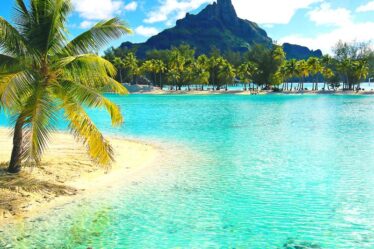
[…] also – Where are the Maldives – All you need to […]
[…] also – Where are the Maldives – All you need to […]
[…] also – Where are the Maldives – All you need to […]
[…] also – Where are the Maldives – All you need to […]
[…] also – Where are the Maldives – All you need to […]
[…] also – Where are the Maldives – All you need to […]
[…] also – Where are the Maldives – All you need to […]
[…] also – Where are the Maldives – All you need to […]
[…] also – Where are the Maldives – All you need to […]